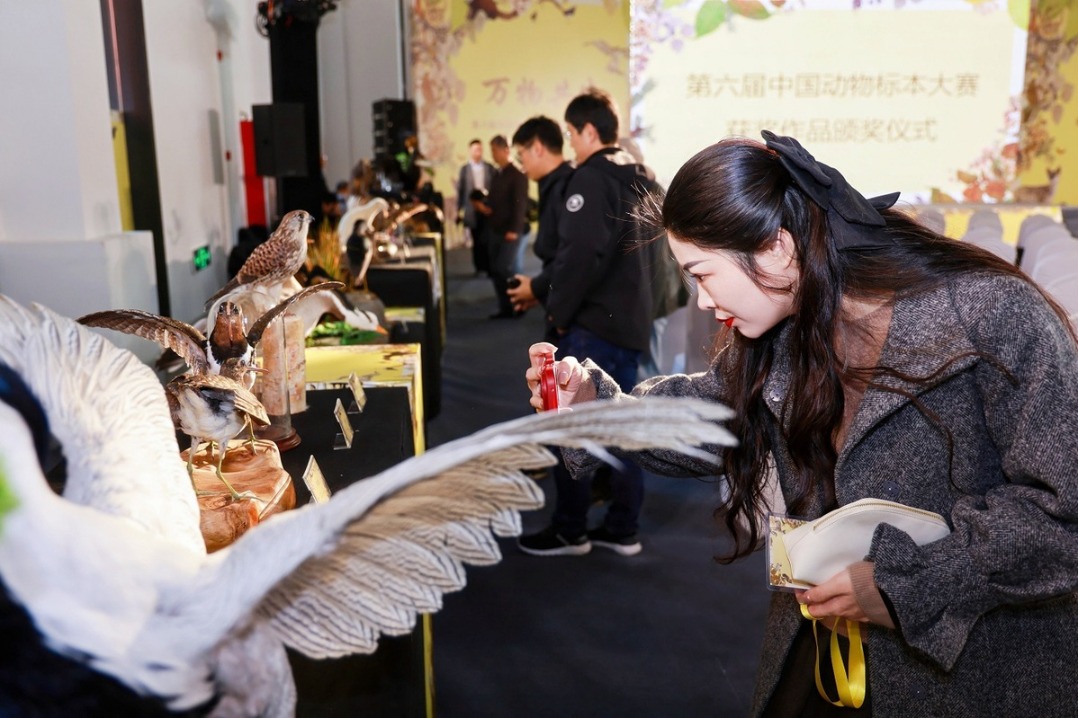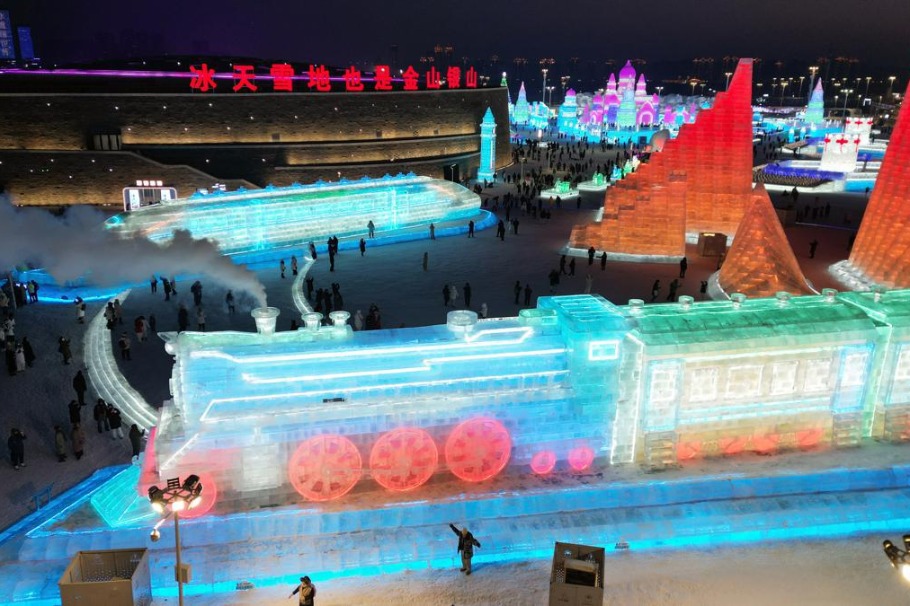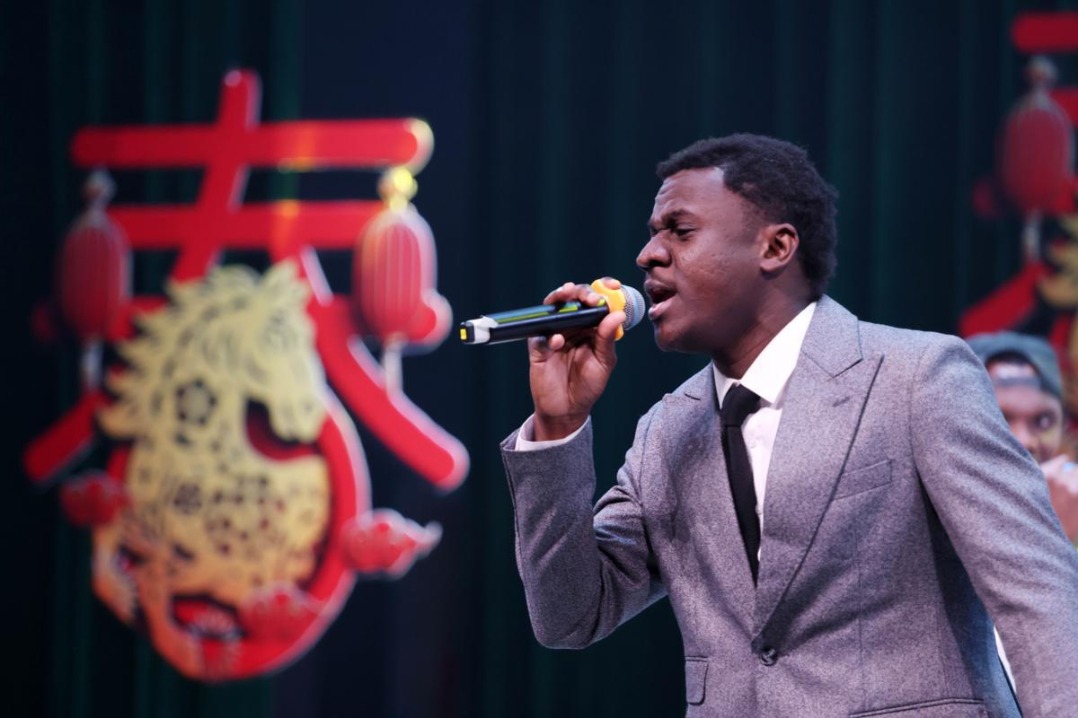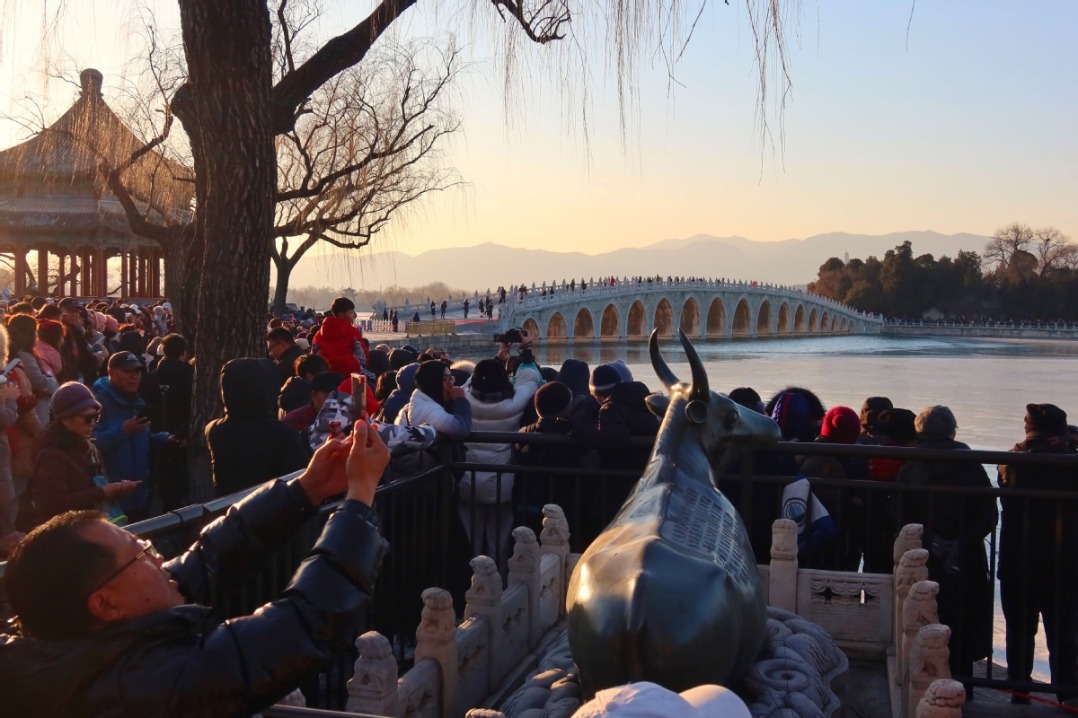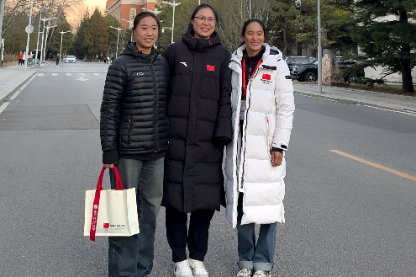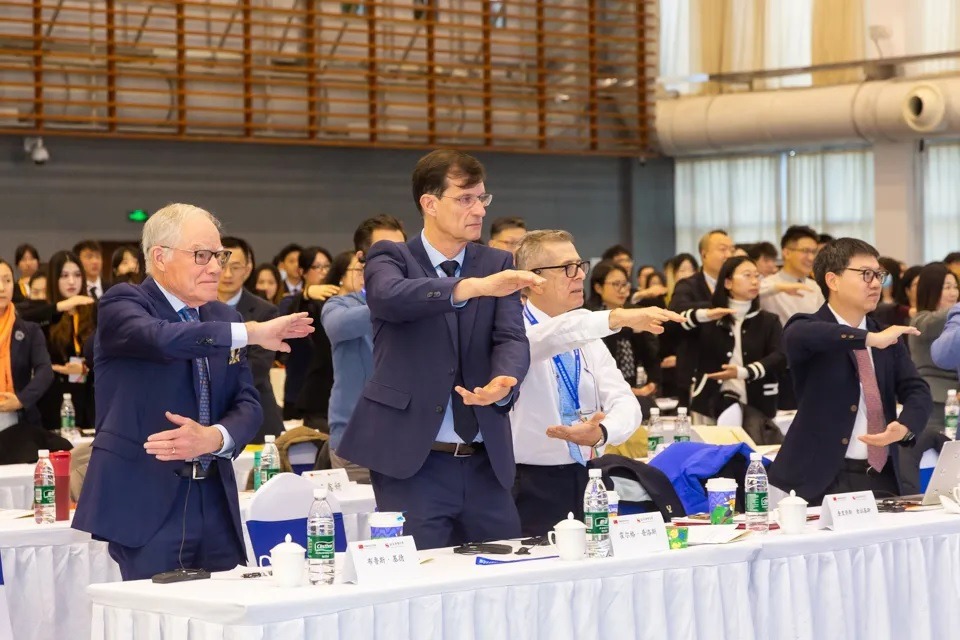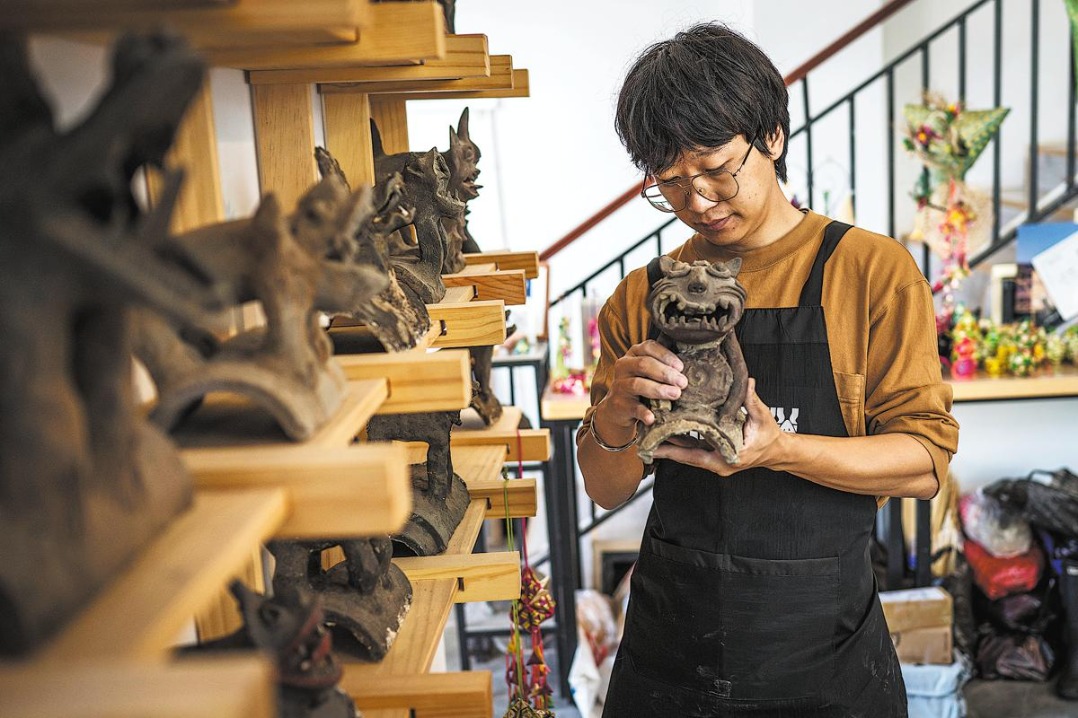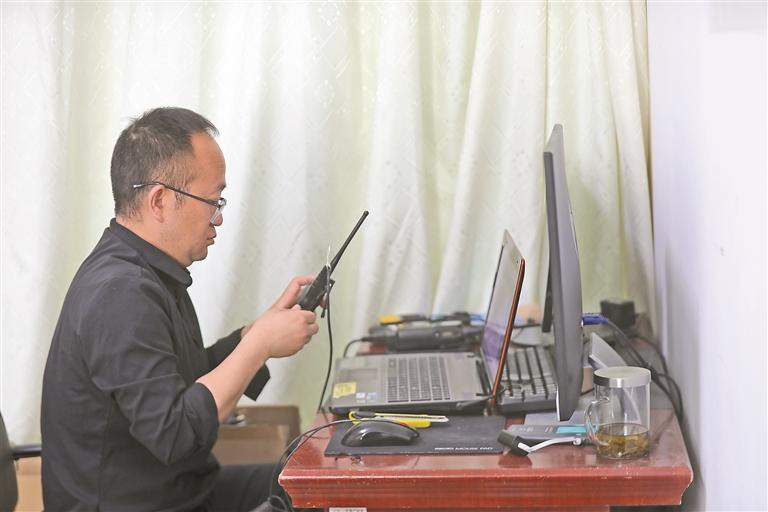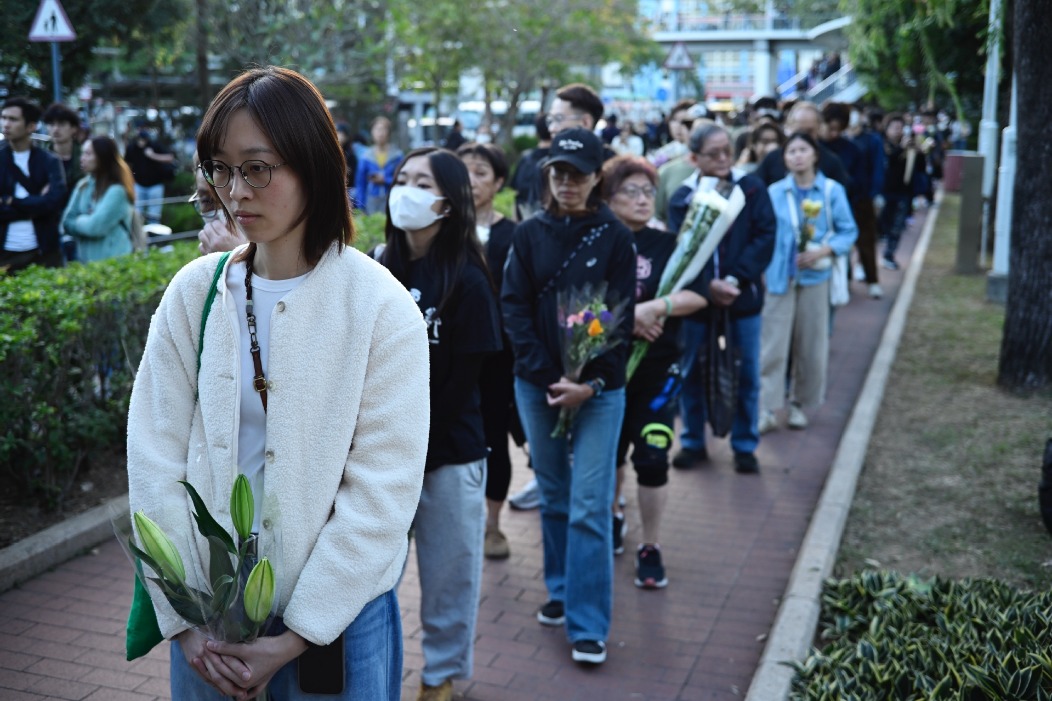Red Building brings revolutionary history back to life

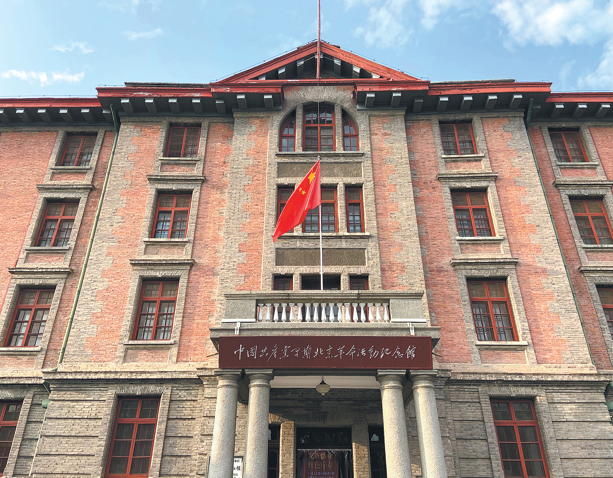
For over a century, the iconic Red Building of Peking University in Beijing has remained a vibrant part of young people's lives, serving as a key site for understanding the early history of the Communist Party of China.
Once the main campus of Peking University, the building was built from 1916 to 1918 and was named after its red brick walls and tiled roof. It witnessed several of China's major historical events, including the New Culture Movement and the May Fourth Movement, both of which greatly contributed to the early spread of Marxism in the country and the founding of the CPC.
Today, it houses the Memorial Hall for the CPC's Early Revolutionary Activities in Beijing. It is not just a museum but a symbol of modern China's intellectual awakening and revolutionary spirit, attracting many visitors, especially students, to learn about this critical era.
Since reopening in 2021, the memorial hall has received nearly half a million visitors annually, more than half of whom are under the age of 30, according to Yang Jiayi, director of the Memorial Hall for the CPC's Early Revolutionary Activities in Beijing.
To improve public access, the building has eliminated the booking requirement, and weekend study programs have become especially popular among young people, he said, adding that it has established partnerships with more than 20 universities.
Since 2023, the Beijing municipal government has held the "Vibrant Culture, Youthful Bloom "campaign annually, taking students to important cultural sites in the capital. Study tours to the Red Building are an important part of the campaign.
Xie Yinnan, head of the social education department of the memorial hall, leads a team of tour guides with an average age of around 30. "Though we come from different academic backgrounds, we share the same belief: to tell the Party's stories to more people," she said. The team designs age-specific tours and narratives for different student groups.
The volunteer guide team has further recruited 330 students who have contributed 40,000 service hours. "We use the language of youth to tell Red stories, creating a virtuous cycle of young people inspiring their peers," Xie said.
Inside the Red Building, immersive installations allow visitors to almost hear the footsteps of those who walked its corridors a century ago.
Gao Chao, a student counselor from Capital Normal University's School of Marxism, has brought students on study tours to the building since June 2023. He said that visiting the site turns the history of Marxism's spread in China from textbook knowledge into "a breath you can almost touch".
"The study tour is a journey that moves both body and mind. It transforms the inheritance of the Red stories from passive acceptance into active exploration," he said.
Many students have transitioned from listeners to storytellers themselves. Yu Wei, a PhD candidate at Peking University, took part in a research project on the compatibility between Marxism and traditional Chinese culture. Working with primary historical materials in the Red Building, he evolved from a learner to a researcher.
He Jiabei, another doctoral candidate at Peking University, said that the May Fourth Movement was not an isolated incident but part of a global wave of anti-imperialist and anti-colonial movements. "This makes us reflect seriously on the responsibility and role of Chinese youth in global governance," she said.
Tian Zichong, a student at Capital Normal University's School of Marxism and a volunteer guide in the building, said attending lectures on Li Dazhao's political views has enriched his academic training.
Explaining history where it happened has turned communism from an abstract concept into a living ideal, he said. Li's belief — "There are two kinds of ideals: one is that I realize my ideal; the other is that the ideal is realized through me, even at the cost of my life" — has profoundly shaped his worldview, Tian said.
"It is my hope to continue sharing these stories and this spirit, contributing in my own way to passing on the Red gene to future generations," he added.
zoushuo@chinadaily.com.cn
- Shanxi ends province-wide blanket fireworks ban
- Audit: China fixes bulk of fiscal problems tied to 2024 budget
- China reports major gains in circular economy
- Chinese lawmakers review draft revision to banking supervision and regulation law
- Top legislature to study draft laws on environment, ethnic unity, national development planning
- Administrative organs must secure people's interests: senior judge

















